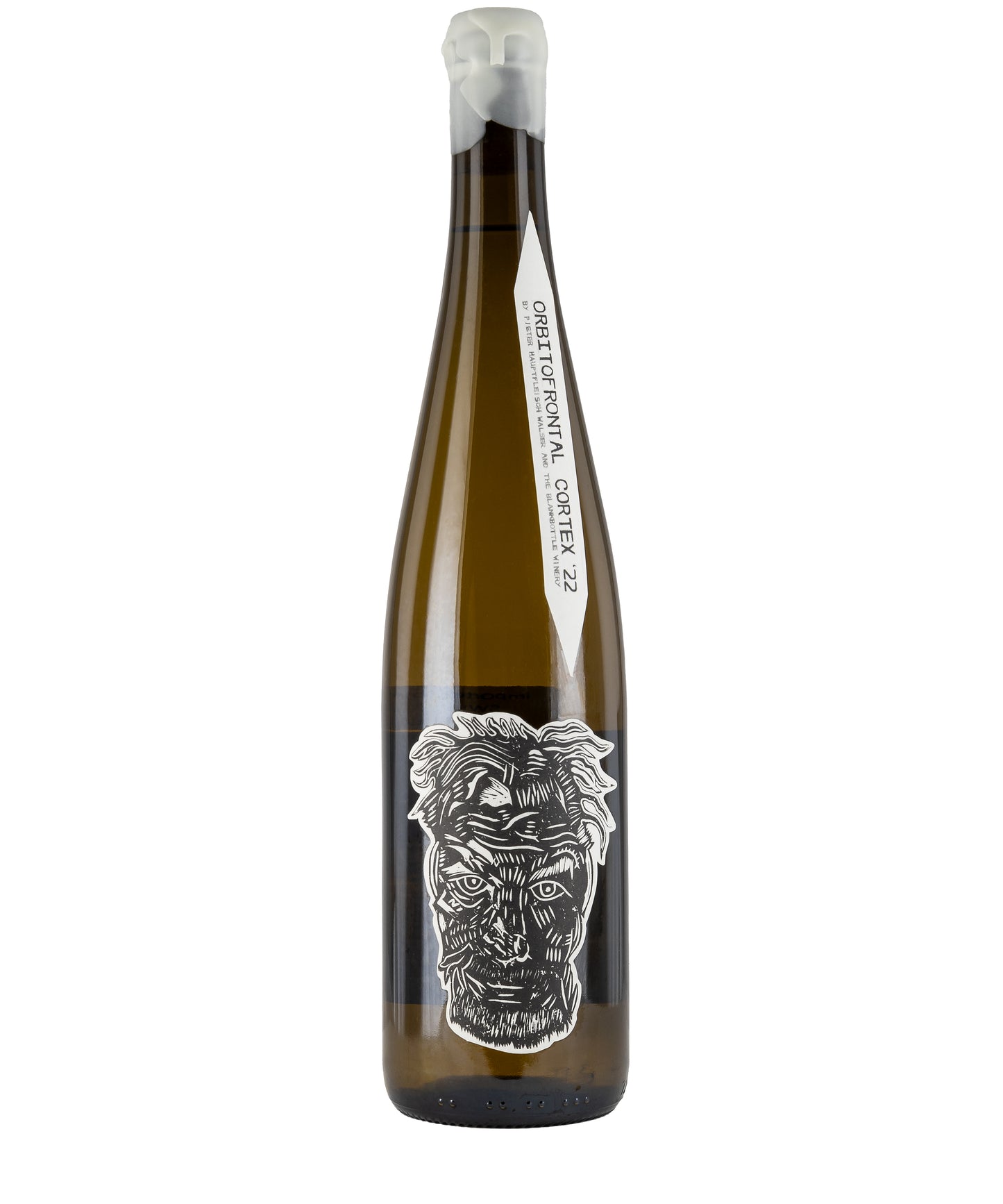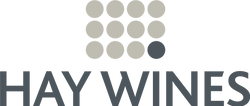Western Cape
Blank Bottle Orbitofrontal Cortex 2023
Couldn't load pickup availability
More Information
Share
Blank Bottle Orbitofrontal Cortex
Producer
The tale behind the name BLANKbottle is that when Pieter was starting out, he made a small parcel of Shiraz and was left with a few unlabelled cases. One day, a woman wanted to buy a wine – “Anything but Shiraz,” she told him. Pieter shrugged and sold her the unlabelled Shiraz, neglecting to mention the variety. A few weeks later she returned demanding more, saying it was the best thing she’d ever drunk.
For Pieter, it was a lesson on the gap between what people think they like (or dislike) and what they actually like (or dislike). After that, he decided not to list the varieties on his labels. Every one of Pieter’s wines is a story, rather than a grape variety, and it’s the juice inside the bottle which reveals that story.
He doesn’t own any vines, but instead scours South Africa’s winelands for top-quality fruit that has somehow slipped under the radar, now sourcing from nearly 70 sites. Some years he’ll make 20 wines, other years 35. With the benefit of anonymity, variety and regional identity take a back seat while parcel expression does the driving. These are some of South Africa’s most original wines, made by one of South Africa’s most original winemakers.
Orbitofrontal Cortex Story
In October 2015 I was sitting on a plane heading to Joburg, next to a guy who was (or so it seemed) plugged into his computer with wires and stuff. It looked like he was communicating with the machine in a way. Once we had landed I asked him what on earth he was doing. He told me that he and his clinical psychologist business partner had started a marketing company called Neural Sense, based in Cape Town.
They conduct market research by tapping into people's subconscious reactions to various inputs. I love weird things, so I told him I make wine and if ever he wanted to do something with wine he was welcome to get in contact. And he did. Three months later I was sitting at the table in my winery hooked onto machines. All my subconscious reactions (in the LIMBIC part of my brain) to each of the 21 components were to be measured and recorded - a camera looking me in the eyes (for eye reactions), a thing on my finger (for blood oxygen levels), a heart rate monitor on my chest, something on my arm (for arousal levels e.g. heat/sweat) and a mobile EEG device on my head (for monitoring my brain waves).
It was the time of year where I had to make up final blends and I was sitting with 21 different white wine components in barrel, which were ready for blending and bottling. They were all different varietals from different areas and vineyards. So my assistant winemaker, Julia, took samples from all the barrels and put them into glasses, which my wife marked from 1 to 21. For each wine I would first close my eyes, then open them and they would start recording with the camera, hand me any wine and prompt me to nose, taste and spit - constantly monitoring and recording my heart rate, blood stuff and activity in my subconscious.
Of course I can’t control my subconscious - before I think of reacting, I already had. We tasted through all 21 wines. I obviously spat, washed my mouth with water in between and we even did a few with clean water in my mouth and used that as a control or base reaction. This process took a whole day. I like to call it work. Their job was now to analyse the data. The way I understand it is that they look at all the parts of my brain that reacted, compare it with all the other blood and heart monitors and then work out with mathematical algorithm what I liked and disliked.
The analysis of the data took months, so in the meantime Julia and I decided to blend a control - the best possible white blend from the same 21 parcels - making use of our conscious mind; the ORBITOFRONTAL CORTEX. When the results came, the two wines were so different! We blended both and bottled the 2 wines. Please note - we are NOT trying to prove something with this experiment. We were just trying to have fun. And we did…
Blank Bottle Orbitofrontal Cortex - Hay Wines



